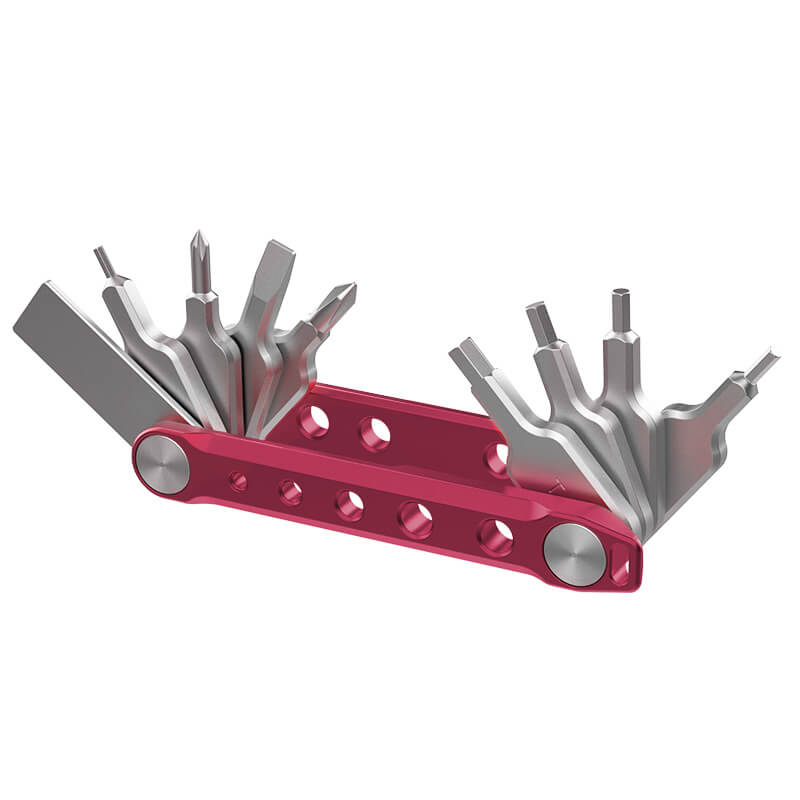Keeping your camera lens spotless is key to snapping clear, crisp photos. Any dirt or even the smallest mark on your lens can mess up your shots, making them look fuzzy or off. In this easy-to-follow guide, we're going to talk about why it's super important to clean your lens regularly, show you the cool tools the pros use, and walk you through a simple process to get your lens looking good as new. This article is for all you camera buffs out there, whether you're just starting out or have been in the game for a while.
Why Should You Keep Regular Lens Cleaning?
Preserving Image Quality and Clarity
- Impact on sharpness and contrast: Even the smallest speck of dust or smudge on the lens surface can reduce the sharpness and contrast of your images, resulting in a softer, less defined appearance.
- Avoiding artifacts like lens flare and ghosting: Dirt, fingerprints, and oil residue on the lens can cause unwanted lens flare, ghosting, or other optical aberrations, especially when shooting in challenging lighting conditions.
Protecting Your Lens and Equipment
- Preventing abrasions and permanent scratches: Neglecting to clean your lens can lead to the accumulation of abrasive particles, which can cause scratches on the delicate lens surface, potentially compromising image quality and reducing the lens's lifespan.
- Mitigating the risk of fungal growth: Moisture and organic matter trapped between lens elements can foster fungal growth, which can permanently damage the lens's internal components and affect its optical performance.

Safeguarding Camera Value
- Enhancing equipment lifespan and resale potential: Proper maintenance and cleaning can significantly extend the lifespan of your camera lenses, preserving their value and ensuring a better resale price if you decide to upgrade or sell them in the future.
- Ensuring consistent functionality for professional use: Regular cleaning ensures that your lenses perform at their best, allowing you to capture sharp, detailed, and vibrant images consistently. For professional photographers, keeping lenses in top condition is essential for delivering high-quality results and maintaining a consistent level of performance for clients.
Pre-Cleaning Considerations and Professional Gear Needed
Assessing the Condition of Your Lens before Cleaning
Look for visible signs of dirt, smudges, or moisture buildup, and determine the severity of the contamination. This will help you decide whether a basic cleaning is sufficient or if you need to employ more advanced techniques or seek professional assistance.
Professional Gear for Cleaning Camera Lenses
- High-quality lens brushes: Soft, natural-bristle brushes are used to gently remove loose particles without scratching the lens surface.
- Specialized microfiber cloths: Premium microfiber cloths are lint-free and highly absorbent, making them ideal for wiping away cleaning solutions and residue without leaving scratches or streaks.
- Precision air blowers: These compact, powerful air blowers are used to dislodge dust and debris from hard-to-reach areas of the lens.
- Premium lens cleaning solutions: Professional-grade cleaning solutions are formulated specifically for use on camera lenses and optical equipment, ensuring safe and effective cleaning without damaging coatings or surfaces.
While basic lens cleaning supplies can be found in most photography stores, investing in a professional-grade camera lens cleaning kit can provide a more comprehensive solution. These kits often include a variety of specialized tools, solutions, and accessories designed for thorough and safe lens cleaning.

Step-by-Step Guide to Cleaning Your Camera Lens
Step #1: Starting with Using blower tools
Before applying any cleaning solutions or wiping the lens surface, begin with a non-invasive cleaning method. Use a precision air blower or a soft-bristle brush to dislodge any loose particles or debris from the lens surface and surrounding areas.
Step #2: Brushing away particles
After using the blower, gently sweep a soft-bristle brush across the lens surface in a circular motion to remove any remaining particles. Be careful not to apply excessive pressure or drag the brush across the lens, as this could cause scratches.
Step #3: Applying cleaning solution
If the lens still appears smudged or dirty after the initial brushing, it's time to apply a lens cleaning solution. Use a high-quality solution specifically formulated for camera lenses, and apply a small amount to a clean microfiber cloth. Avoid applying the solution directly to the lens surface.
Step #4: Delicate wiping techniques
With the cleaning solution applied to the microfiber cloth, gently wipe the lens surface in a circular motion, starting from the center and working outwards. Use a clean, dry portion of the cloth to remove any remaining solution or residue.
Step #5: Techniques for Deep Cleaning
In cases of stubborn dirt, smudges, or oil residue, professionals may employ more advanced cleaning techniques. These can include using specialized lens cleaning pens, lens cleaning brushes with removable cleaning pads, or even ultrasonic cleaning machines for particularly challenging cases. Professionals also have techniques for cleaning hard-to-reach areas, such as lens edges, filter threads, and electrical contacts. These may involve using precision tools, specialized swabs, or carefully applying cleaning solutions to these specific areas.

Extra Tips to Keep in Mind
- Never use household cleaners, solvents, or abrasive materials, as these can scratch or degrade the lens coatings and glass elements.
- Additionally, avoid blowing directly onto the lens surface, as moisture from your breath can lead to fungal growth or other issues.
- After cleaning your lens, it's essential to take steps to protect it from future contamination. Store your lenses in a clean, dry environment, and use protective lens caps or cases when transporting or not in use.
- Using protective accessories, such as lens caps and filters, can also help reduce the need for frequent cleaning. Lens caps protect the front and rear elements from dust, moisture, and accidental contact, while UV or clear filters provide an additional barrier against scratches, smudges, and environmental contaminants.
How Often Should You Clean Camera Lenses?
The frequency at which you should clean your camera lenses can vary depending on several factors:
- Environmental conditions: If you frequently shoot in dusty, humid, or harsh environments, you may need to clean your lenses more often to prevent damage or degradation.
- Usage patterns: Lenses that are used more frequently or handled extensively will accumulate dirt and smudges at a faster rate, requiring more frequent cleaning.
- Visible signs of dirt or smudges: Even if you haven't been using your lens heavily, if you notice visible dirt, smudges, or water spots on the lens surface, it's time for a cleaning.
For hobbyist photographers, a general guideline is to clean your lenses every few months or whenever visible contamination is present. Professional photographers, however, may need to clean their lenses more frequently, depending on their shooting schedule and the demands of their work.

Begin Your Lens Care Routine Now
Regular lens maintenance is a crucial aspect of preserving the quality and longevity of your camera equipment. Following the proper cleaning techniques and adopting a proactive approach to lens care can ensure that your lenses consistently deliver sharp, vibrant, and high-quality images, which will allow you to enjoy your photography pursuits to the fullest.






